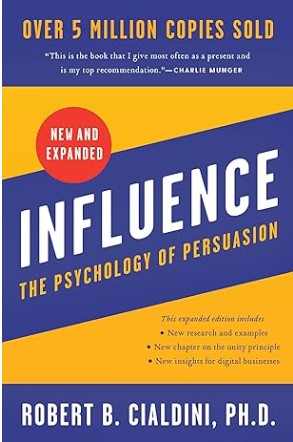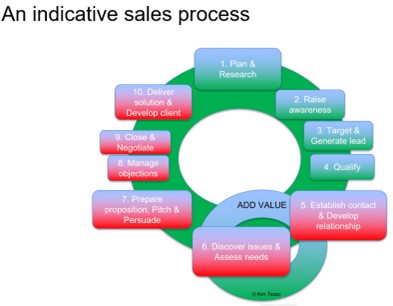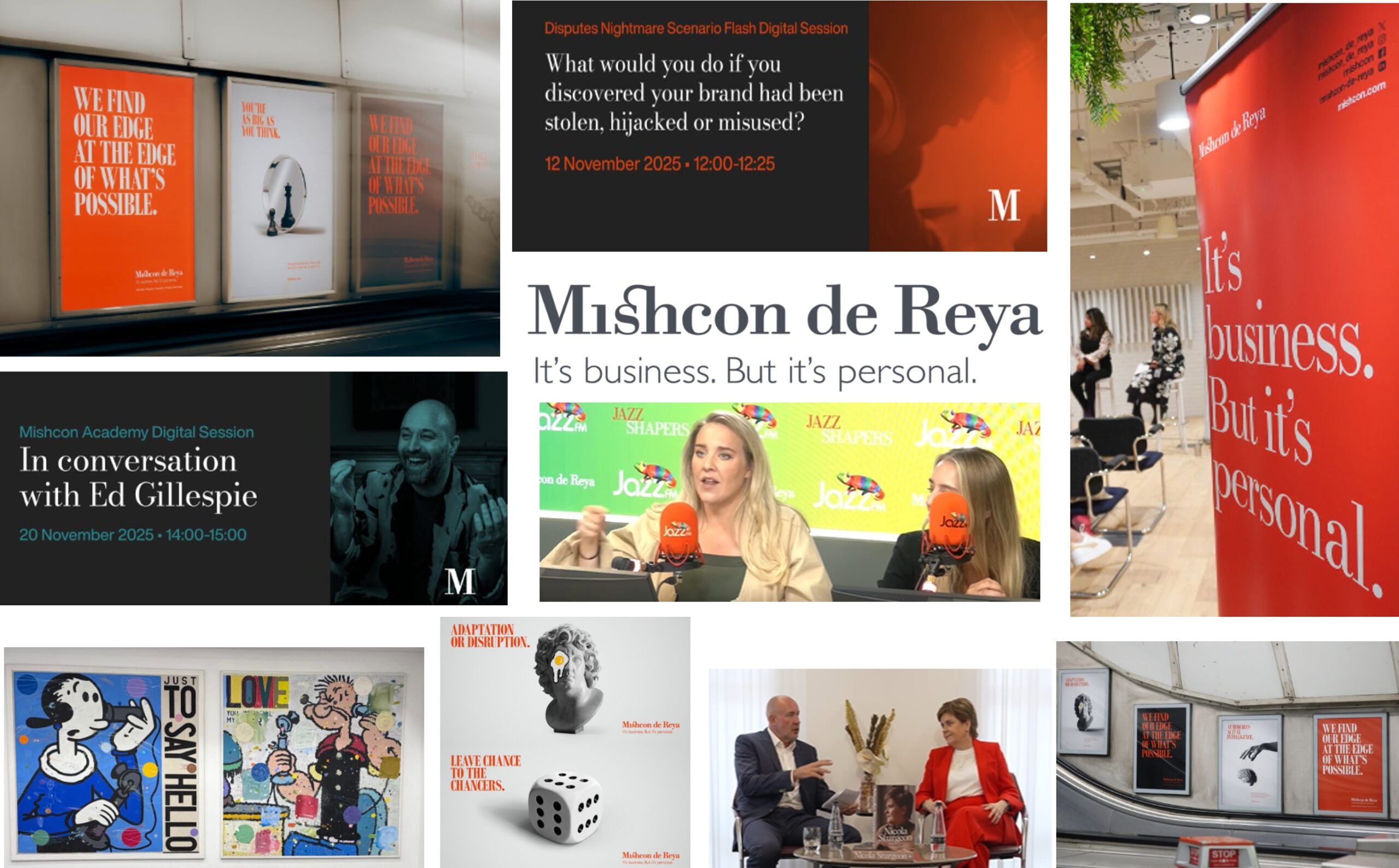
This short (12 minute) video runs through some key ideas on Influence – Cialdini’s six principles of the psychology of persuasion. Influence – Cialdini’s six principles of the psychology of persuasion.
(Video script)
Hi. I’m Kim Tasso. Today we are going to look at the six principles of influence and persuasion – and how you might use them. They are described in this classic book by American-Italian social psychologist and behavioural scientist Dr Robert Cialdini. I particularly like his work because he spent years observing people in sales roles in places like car show rooms and estate agents!
There are lots of great books about influence and persuasion although this research-based psychology one by Cialdini is amongst my favourites. I like it so much I have TWO copies. It has sold over 3 million copies. The findings in his book – first published in 1984 – pre-dates so much of the more recent ideas about cognitive biases and nudging.
The ideas are relevant to coaching and change management programmes too as well as day-to-day persuasion in things such as selling.
The basis for Influence – Cialdini’s six principles of the psychology of persuasion
He observed that humans had certain behaviours locked-in or wired. It was almost as if when the relevant trigger occurred we went into a pre-programmed or fixed-action pattern of behaviour. He called this “click whirr” – as if we were programmed to act without thinking like robots.
Knowing the triggers means you can harness them to help persuade people. Also, you can be more aware of them and less likely to be influenced by them – so you can develop defence strategies.
1. Scarcity (Sale sign) – The rule of the few
Scarcity is a key idea in economics.
Sales harness this idea. We see people queued up outside shops (pre-Covid) to get their hands of the few super-bargains they are hoping to obtain.
In persuasion, it works because opportunities seem more valuable to us when they are less available. We are also more motivated by losing something than by gaining something of equal value.
You might be aware of its use in event invitations – for example: “Limited spaces available” and “First come, First Served”.
I also noticed it in my local LIDL supermarket – it uses the slogan “When it’s gone, it’s gone”!
I saw it the other day on the Marks & Spencers’ web site – “There’s only one left – hurry!”
It prompts us to make a fast decision without properly – rationally – considering whether we really want something.
And I think we all witnessed the frenzy of panic buying during the early stages of the Covid crisis. Suddenly everyone wanted to buy toilet rolls. Typically, they are a plentiful commodity product – but became particularly attractive when there was a suspicion that they may become sold out. One study showed people bought twice as much if they were told of future limited supplies.
While we are thinking of Covid – we now value lost freedoms more.
2. Reciprocity (Shaking hands) – Give and take
This is a social rule – probably from our ancestors’ tribal days allowing us to share food.
The rule is that we try to repay what another person has provided. All human societies exhibit this behaviour. If someone gives us something, we feel compelled to give them something back in return.
This works in business and in networking – someone helps us out and we feel obligated to return the favour. Some people work to develop a favour bank so that they will help them in the future.
When people send free things to us in the post – merchandise items – we are more likely to comply with their request. It works in influencer programmes too – research shows if people receive value or support or freebies they are more likely to provide positive reviews. This rule is also the basis of many referral management programmes in professional service and financial firms.
The way we frame requests has an impact too – big requests are often rejected so follow them with a smaller request to gain compliance.
3. Consistency and commitment (Diamond) – Hobgoblins of the mind
Once we make a choice or stand we will experience personal and interpersonal pressure to behave consistently with that commitment. Consistency is associated with personal and intellectual strength.
Leon Festinger said our desire for consistency is a central motivator of behaviour.
Telemarketers use this sometimes in that they start by asking a question to which you can only reply one way. “Would you like to save money?” your answer in inevitably “Yes”. And the telemarketer will continue to ask questions that elicit a “Yes” response making it rather difficult – when they ask you to sign up to some scheme – to then say “No”.
The harder it is to join a group – the tougher the initiation rites – the more you value it and the more solidarity it has as a group.
In negotiations, Egyptian president Anwar Sadat famously reassured his opponents that they were known for being co-operative and fair – he gave them a reputation to uphold.
If you want people to change their minds, allow them to express their views confidentially – like a secret ballot box – rather than a public show of hands which means they are more likely to stick to their stated views. Get people to own their views and decisions – it’s interesting if we reflect on the whole Brexit debate – we observed that those who commented publicly about their choice entrenched further in their views.
Social scientists say that we accept inner responsibility for behaviour when we think we have chosen to perform it in the absence of strong outside pressure.
4. Social proof (Group of people)
We view a behaviour as correct in any given situation to the degree we see other performing it. This is especially true in uncertainty. The actions of those around us are important guides – when a lot of people are doing something, it seems to us that it is the right thing to do. The herd mindset.
Take, for example, how we respond to canned laughter on TV shows.
There was a famous experiment by Asch where people were asked to pick the length of line that matched. Everyone in the group was told to offer the wrong answer. In two thirds of the trials people agreed with the wrong answer! We see this sometimes in business – an idea called GroupThink – where keeping the group harmonious becomes more important than pointing out an error.
The Covid crisis had numerous examples of this. The more we see others wearing face masks – the more likely we are to wear one too.
Psychologists found that the more similar someone is to us – the more likely we are to follow their lead. Alarmingly this even extends to suicide – there are spikes in the specific type of suicides a few days after media reporting.
If one person stares upwards in the street – it is largely ignored. But if 4-5 people do so then 80% of passers by will also look up. There’s a downside to the bystander effect too – 38 people saw a woman in the USA being murdered but no one did anything – because no one else did.
5. Liking (Smile) – The Friendly Thief
We are more likely to be persuaded by someone we like. Think back to Tupperware parties – a strong social bond is twice as likely to determine product purchase as preference for the product itself.
The mention of a friend’s name is often enough – think how LinkedIn organises introductions.
There are reasons we like people 1. Physical attractiveness (the halo effect) 2. Similarity 3. Compliments and 4. Contact and co-operation (it’s interesting to note the impact of common goals for organisations on change programmes).
You’ve heard of “don’t shoot the messenger”. Bad and good news becomes associated with the person delivering the message. There are instances of weather reporters being blamed for poor weather! That’s why I always advise people to keep conversations positive at networking events!
There was a famous experiment by Razran who found people became fonder of the people and things they experienced while they were eating. And that’s why the business lunch is so important!
Surround yourself with success – even if connected in a superficial way – and your public prestige will rise.
6. Authority (Bossy sign/Police officer) – Directed deference
Maybe you’ve heard of experiments where people will give electric shocks to someone if directed to do so by the experimenter in a white coat. Nurses may follow wrong prescriptions from doctors. Plane crew members may suffer from “Captainitis” – and may follow the captain’s orders even if they suspect they are wrong. Many war crimes may be committed for this reason too.
The rule is that information from a recognised authority can provide us with a valuable short cut.
It’s the connotation not the content that persuades us – for example, job titles and even the clothes (uniforms, business suits) will influence us.
In a monkey tribe, they will all learn and start doing something if the most dominant monkey does it first. Remember the value of role models in professional service firms.
The book does, of course, offer defence mechanisms to avoid being affected by these “rules”. Taking a moment to reflect and think before making the decision and, surprisingly, listening to our gut feelings (our second brain).
Cialdini collaborated with two other psychologists to produce 60 rules where little things make a big impact in 2014 – and I was thrilled to see them speak at BAFTA in Piccadilly for the launch – “The SMALL BIG – small changes that spark big influence”.
So. Six ideas to understand influence and persuasion better.
Thanks for watching and listening!
Related articles on influence and persuasion
25th Professional Marketing Forum Conference Report | Kim Tasso (November 2020)
Changing behaviour in the workplace to boost productivity – psychology | Kim Tasso (December 2019)
Book review: Nudge: Improving decisions about health, wealth | Kim Tasso (October 2019)
Top persuasive writing tips – Audience, structure and content | Kim Tasso (February 2019)
Making an impact, influence and persuasion – Professional Marketing Forum event | Kim Tasso (August 2018)
Persuasive writing – nine writing tips | Kim Tasso (October 2017)
persuasive writing – for business development | Kim Tasso (February 2017)
Book review – Peter Frederick’s “Persuasive writing” | Kim Tasso (January 2016)
marketing planning – stepping stones, persuasion, motivation | Kim Tasso (September 2015)
Small changes that spark big influence (persuasion science) | Kim Tasso (November 2014)
10 tips to increase buy-in: Planning to persuade – Kim Tasso | Kim Tasso (June 2014)
Book review “How to win friends and influence people” by Dale Carnegie | Kim Tasso (November 2013)
Top tips on the psychology of persuasion | Kim Tasso (June 2013)
Book review – Persuasive Presentations by Duarte | Kim Tasso (December 2012)
Book review by Kim Tasso – Ian Atkinson’s Business writing | Kim Tasso (April 2012)
Book review of Hypnotic writing by Joe Vitale | Kim Tasso (April 2012)
How can I improve my persuasion skills? – Kim Tasso | Kim Tasso (March 2010)
Conference report: British Psychological Society’s (BPS) | Kim Tasso (July 2019)







